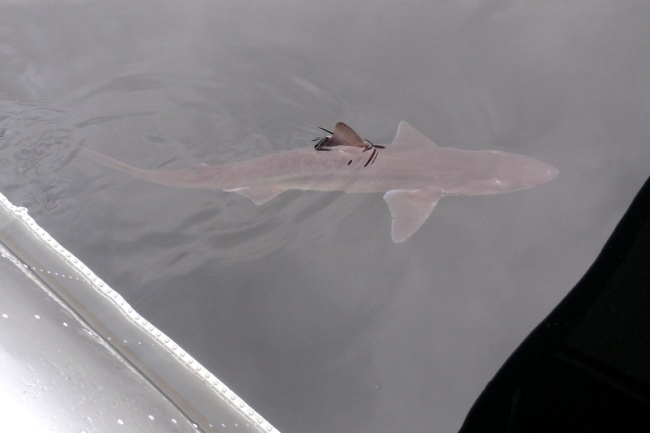One of our favorite hikes on Admiralty Island includes crossing an abandoned logging bridge. We have done it probably hundreds of times. When you think “bridge” do not picture the Golden Gate or Brooklyn Bridge. Rather it is a bridge constructed totally out of wood … some rough-cut, some treated, some logs … with no regard to the remote chance there would ever be pedestrians on it. It is a purely functional bridge to get massive log trucks over the creek with their load of trees. We have taken many a nap on this bridge just because it is smoother than the road, less rocks.  We eat our snacks on this bridge, we even scattered some of Bill’s mother’s ashes off this bridge – and where I intend to go when it is my time. We have set-up the game camera at various points overlooking this bridge since bears seem to like to take the easy way to travel if available, just like us. Along this bridge is a long ago started deeply imprinted bear trail, proof of the repetitiveness of their travels. That is why we set up a camera at this point.
We eat our snacks on this bridge, we even scattered some of Bill’s mother’s ashes off this bridge – and where I intend to go when it is my time. We have set-up the game camera at various points overlooking this bridge since bears seem to like to take the easy way to travel if available, just like us. Along this bridge is a long ago started deeply imprinted bear trail, proof of the repetitiveness of their travels. That is why we set up a camera at this point.
We caught a bear I have nicknamed Peanut Butter, probably a younger bear weighing around 800 pounds. Over time, we have caught pictures of him tearing one of the 12″12″ side beams off of the bridge, not all at one time, but gradually.  Who knows what is going through his mind, but I like to think he is just having fun, like adolescents will, by tearing something up. At first, there were just claw marks up and down the support. Then there was bite marks, with bits of the beam being pulled off.
Who knows what is going through his mind, but I like to think he is just having fun, like adolescents will, by tearing something up. At first, there were just claw marks up and down the support. Then there was bite marks, with bits of the beam being pulled off.  Sometimes, he left a little of his fur behind, from rubbing on it. One time when we came back, he had pulled a piece off and the time lapse on the camera showed him tossing and playing with the piece of wood. Another time, we came back and the beam was nearly pushed off the bridge – and then it happened, he tore, pushed this huge beam off the bridge and into the creek below.
Sometimes, he left a little of his fur behind, from rubbing on it. One time when we came back, he had pulled a piece off and the time lapse on the camera showed him tossing and playing with the piece of wood. Another time, we came back and the beam was nearly pushed off the bridge – and then it happened, he tore, pushed this huge beam off the bridge and into the creek below.  There is no logical reason for him to do that, other than just “having fun,” There are pictures of him rolling around in the pieces, so contorted that it is hard to recognize that he is a bear. The one piece of word that remained on top was kicked around on later days. I have included a lot of these pictures in this post, but the game camera did not always take the sharpest shots, but I think you will get “the picture.”
There is no logical reason for him to do that, other than just “having fun,” There are pictures of him rolling around in the pieces, so contorted that it is hard to recognize that he is a bear. The one piece of word that remained on top was kicked around on later days. I have included a lot of these pictures in this post, but the game camera did not always take the sharpest shots, but I think you will get “the picture.”































































